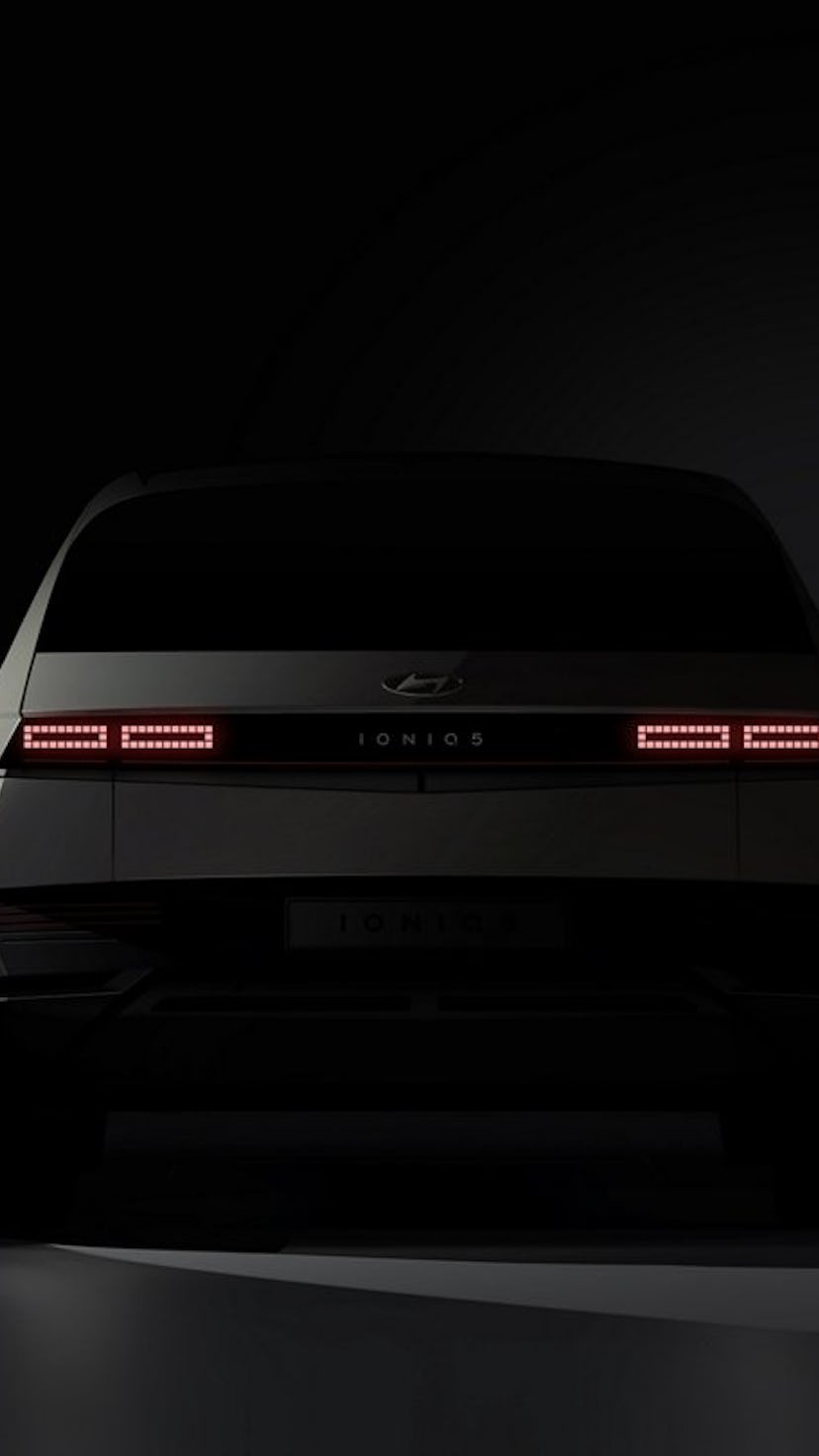The electric vehicle market is pretty crowded nowadays. That means simply releasing a battery-powered vehicle isn't enough to separate upstarts from their predecessors and, luckily for the consumers interested in buying said electric cars, that also means automakers are starting to get creative with technology and design.
Among the new, more feature-rich offerings trying to carve out a piece of the EV market is Hyundai's electric SUV, the Ioniq 5, which was unveiled last month. Now that we have a little more detail it seemed only fitting to highlight some of the key features that should be keeping Elon Musk awake at night.
Augmented reality
One of the most cutting-edge features is an augmented reality display that Hyundai says is capable of displaying information across the windshield. Hypothetically, by projecting navigation and other critical info in front of the driver on the windshield, the Ioniq 5 would be a safer EV by reducing the need to take one's eyes off the road.
A preview of Hyundai's heads-up display from 2015 by Kelly Blue Book.
Distance control
The Ioniq 5 might not have any real self-driving capabilities, but it does have a few smart driving features that help automate tasks on the road, one of which automatically slows the car to a stop without having to brake. According an in-depth review from 4Drive Time, when activated, the feature stops the car automatically without manually pressing the brake as long as the driver doesn't accelerate. That means driving can be done using only the accelerator.
Two-way charging
Part of the benefit of driving around a giant battery is if need to charge something you probably should have enough juice. In the Ioniq 5, you can use charging ports in the backseat to charge small-ish devices like laptops or phones. You can also reverse charge (vehicle to load) other EVs according to Hyundai, though this process is quite slow and reserved mostly for emergency situations where a charging station might not be accessible.
"Relaxion"
Hyundai has clearly paid a lot of attention to the interior of the Ioniq 5. That effort shows up most clearly in facets like the front seats, which Hyundai is calling "Relaxion" seats. By pressing a button located on the side of the seat, the driver or passenger can take a nice little dip into "Relaxion" mode which lowers the seat angle to recliner-like depths. This mode isn't for driving, of course, but may come in handy when you're waiting for your vehicle to charge.
